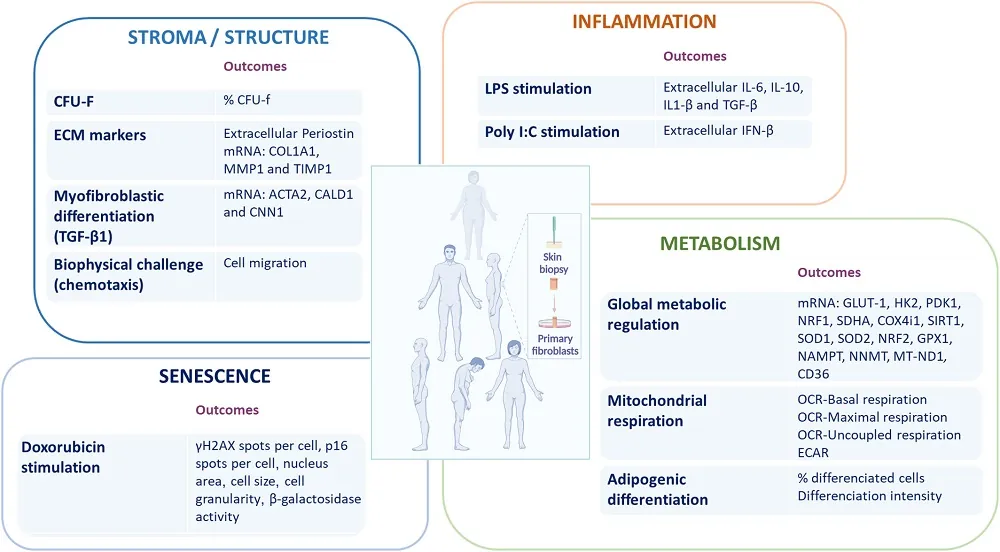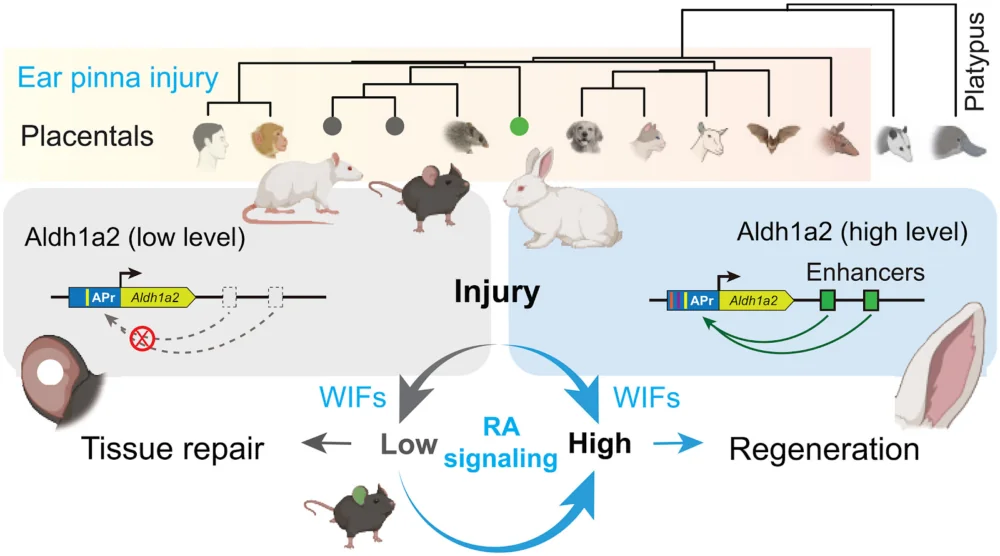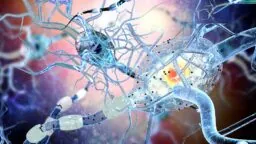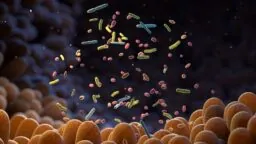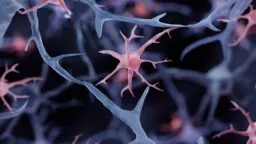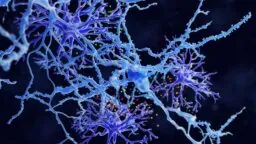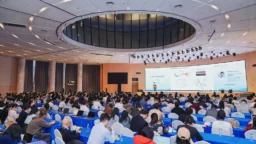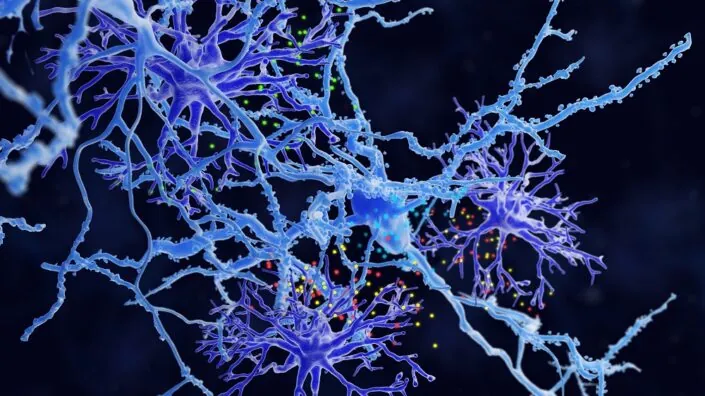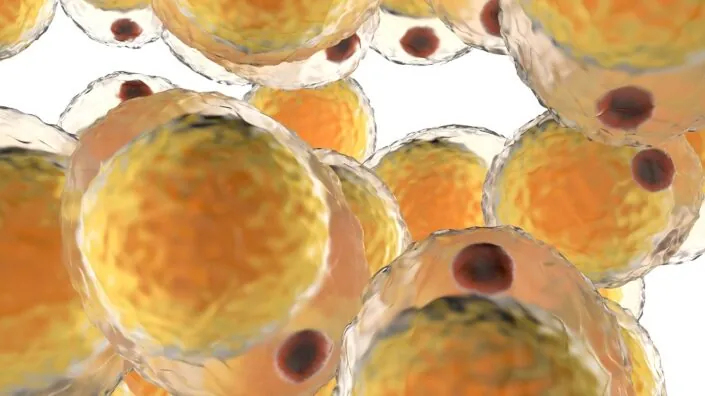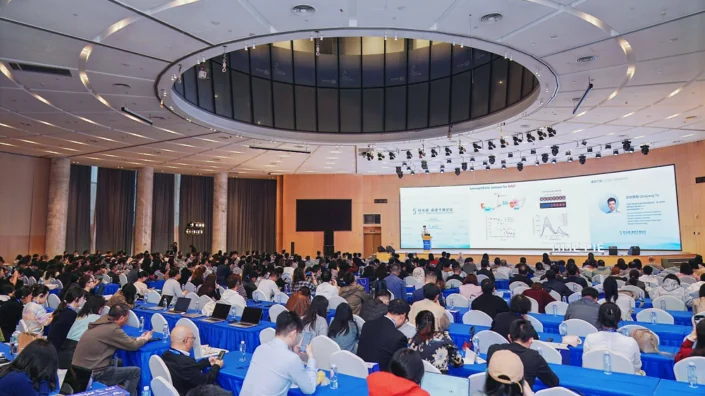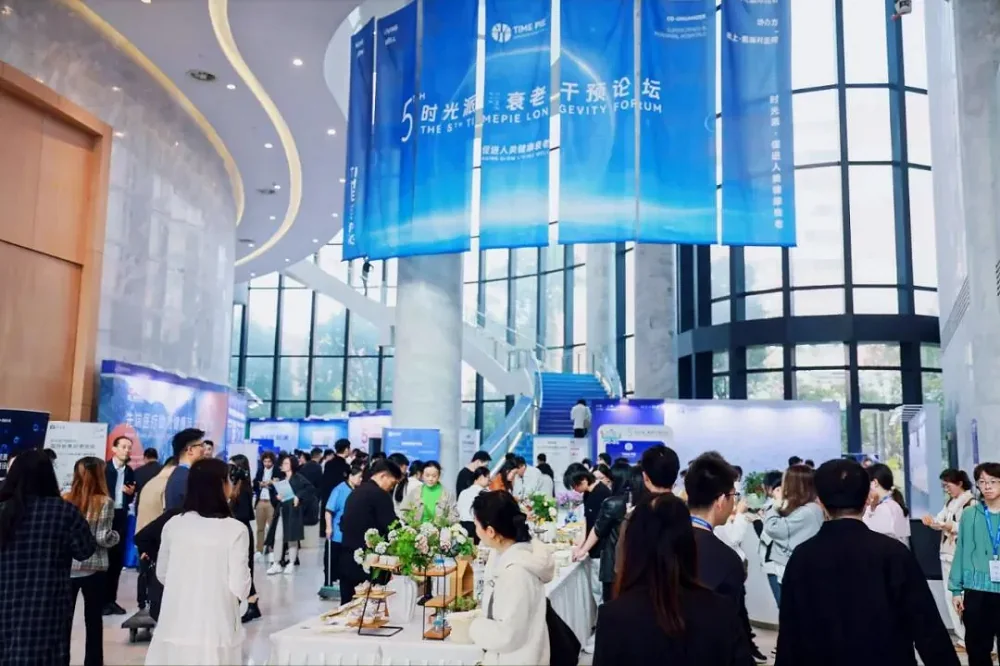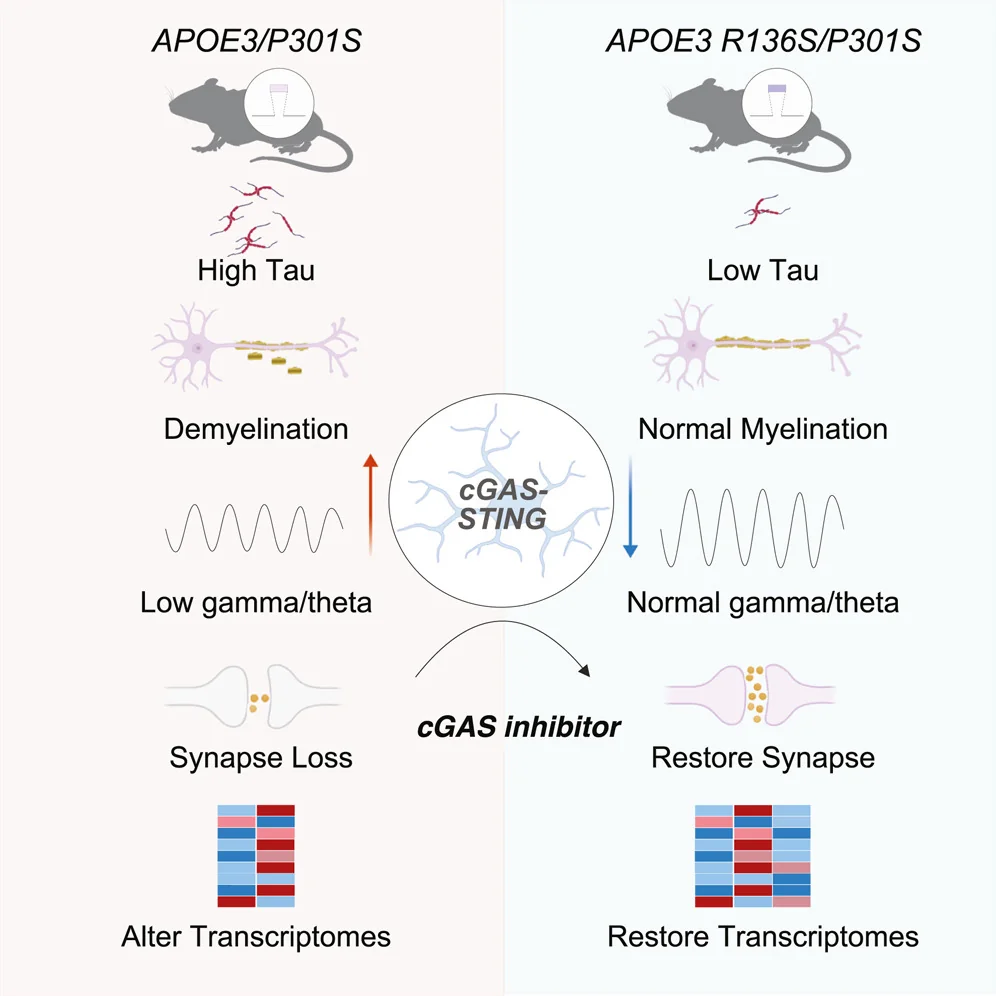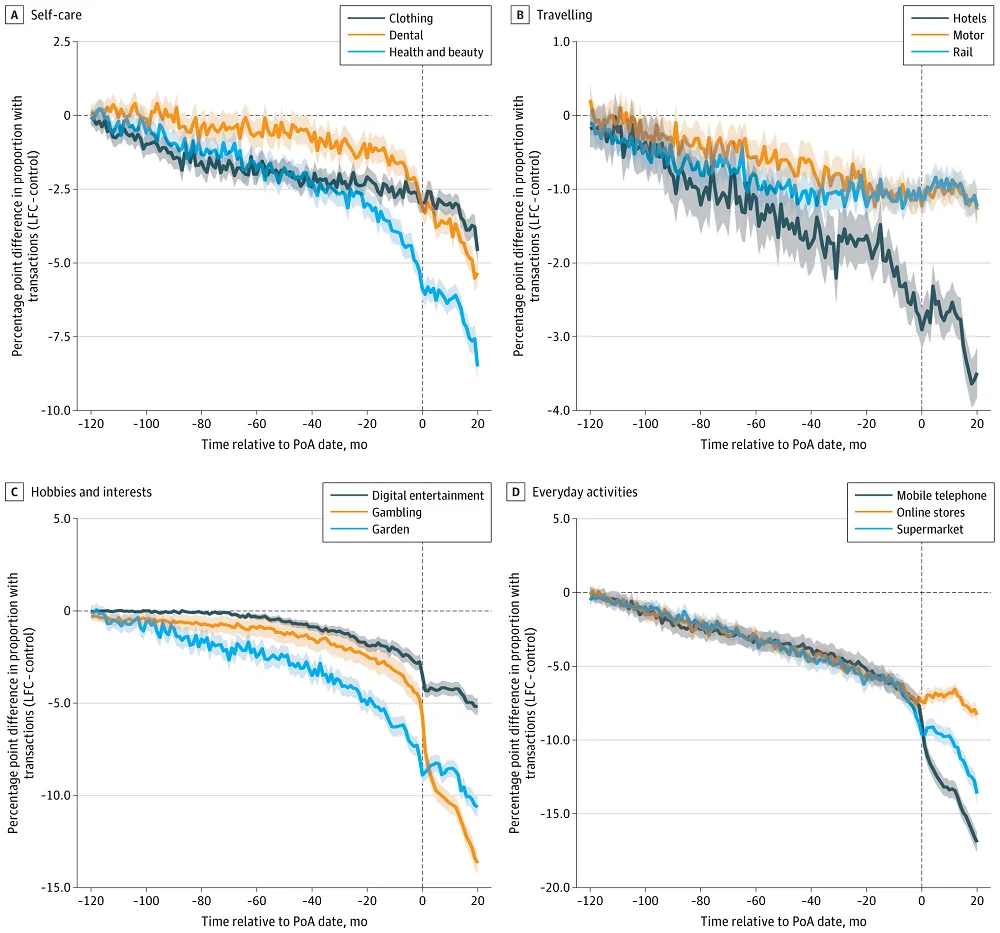Just several years ago, longevity conferences were few and far between. Today, there’s no shortage of them. Happening regularly around the globe, they foster scientific debate and showcase geroscience advances to the world while energetically discussing longevity biotech and regulations.
However, one important subfield, working with public opinion and politicians, has been all but excluded from these events. Only recently, conferences have begun to offer stage time to a handful of speakers on these subjects, despite the almost universal agreement that the field’s success depends in large part on public sentiment being on our side.
The organizers of Vitalist Bay, a longevity-themed “pop-up village” which was active during April and May this year in Berkeley, California, made the next logical step. The last of the eight weekly conferences, called Longevity Policy and Media, was dedicated solely to influencing public opinion and politics in order to promote a longevist worldview.
While the conference did not turn up huge crowds, it was an important first attempt to kick-start a discussion about how the longevity movement can take over the global agenda. We are bringing you a selection of talks from the event.
Longevity as a human right
I took part in the conference in my personal capacity to deliver the opening talk, which proposed to recognize longevity as a human right. My previous journalistic career revolved around societal and political issues, including the question of human rights. Transitioning to the longevity field made me realize that we can use this extremely powerful concept to supercharge our efforts to increase healthy longevity for everyone.
Many people mistakenly think of human rights as a partisan category associated with a particular sector of the political spectrum. Nothing could be farther from the truth. Human rights are the bedrock of modern Western society. This includes the US, where the language of human rights appears already in the Declaration of Independence with its mention of “inalienable rights,” specifically to life, liberty, and the pursuit of happiness. While for a long time, large swathes of society were deprived of those rights, today, we are much closer to them being properly inclusive.
Human rights are fundamentally human, in the sense that they are not derived from any external origin, be it a deity, as the Declaration suggests, or any other moral authority lying outside our civilization. Instead, human rights have emerged from a process of cultural evolution, which has roots in biological evolution since, as social species, we’re endowed with basic empathy and a sense of fairness. Fundamentally, the concept of human rights strives to reduce human suffering. This is just one of its features that resonates with longevity, since aging is probably the biggest source of suffering in the world.
The right to longevity only partially overlaps with the right to healthcare. The latter currently does not cover or utterly neglects several aspects of longevity, such as early diagnostics or environmental factors, and in general, is not well-suited to deliver maximum longevity to everyone. The right to longevity can be seen as a direct extension of ‘The Big Three’ from the Declaration of Independence: the right to life (aging is what ends life), the right to liberty (from death and suffering), and the right to pursuit of happiness (because you need to be alive to pursue anything).
If longevity is recognized as a right, society will be expected to mount an effort to fulfill this right that would dwarf any moonshot project, such as the Apollo program, similarly to how giant sums are poured into fulfilling the right to education. Importantly, the longevity movement would not have to demonstrate scientific breakthroughs as a prerequisite for receiving society’s support. Instead, we would be able to demand funding as a prerequisite for the breakthroughs.
Taking up the language of human rights would silence many of the critics and vastly improve the longevity movement’s public image, which today suffers from many misconceptions, such as presumably being elitist and aiming at prolonging life for billionaires. Human rights are the instantly recognizable language of the mainstream. Turning to it would enable the longevity movement to attract attention, command respect, and form much broader coalitions.
Finally, longevity still has a strong economic argument behind it. In the end, it is more akin to a smart investment than spending, similar to public education and healthcare. However, by leading with the moral argument and sealing the deal with the economic one, we can achieve a much bigger impact.
A+ for communication, D- for theory of change
Adam Gries, co-founder of the Vitalism movement and one of Vitalist Bay’s organizers, talked about how effective communication hinges on the underlying theory of change: the idea of how exactly we can bring the desired outcome, in our case, meaningful life extension. “A communication strategy comes from a theory of change, which is your perspective on how the thing you want to happen will end up happening, how that change will occur,” he explained.
Some longevity activists believe we should start with a massive change in public opinion, others hold that we should free the markets, such as by doubling down on decentralized science or moving research to friendly jurisdictions. Some believe that a particular breakthrough, such as achieving life extension in pets or doubling a mouse’s lifespan, would spark a longevity revolution. Yet others think we should just wait for AI to solve aging.
Sometimes, when people in our field accuse each other of ineffective communication, they mean that they disagree with their opponent’s theory of change. However, it is normal and often beneficial when different actors are guided by different theories of change, provided they communicate effectively based on them.
Still, there is a place for discussion on several key issues, such as whether death should be mentioned in our communications. How should we as a movement self-identify? Should we really be demanding that aging be considered a disease, given that this might stigmatize the elderly, who are already disenfranchised? How optimistically should we sound, as both optimistic and pessimistic tones have their strengths and weaknesses. How strong should our language be?
Adam mentioned that marginalized communities tend to “punch back” and radicalize, alienating the mainstream even more. The longevity field should tread a fine line between being too disruptive and being too compliant; of course, various groups see that line differently. The fact that “our society is strangely bipolar about aging and death,” Adam said, does not make this task any easier.
Like several other speakers, Adam was open and almost enthusiastic about working with the new Presidential administration. Despite legitimate political disagreements that some longevity community members might have with it, “the current administration is arguably the most pro-longevity in history in terms of its staffing choices,” Adam contended, which gives our movement a window of opportunity if we can communicate our vision effectively.
Legislating longevity
In his talk, Dylan Livingston, founder of the only longevity-oriented lobbying non-profit in the US, the Alliance for Longevity Initiatives (A4LI), made the case that lobbying offers the best return on investment (ROI) for the field.
A4LI has been around for three years, pursuing its mission “to advance legislation and policy that increase healthy human lifespan with a focus on equitable access [to longevity therapies].” Dylan particularly emphasized that last point, which doesn’t get brought up enough in our field. “If we want to get broad, grassroots support from people, we need to make sure that they know that this is for everyone,” he said.
Another thing Dylan emphasized was bipartisanship. He came to longevity “from deep democratic ties,” but started working with figures on the political right, such as former House speaker Newt Gingrich, early on.
Accordingly, A4LI formed a bipartisan congressional Longevity Science Caucus, on which Dylan gave an update: some of the caucus members have retired, but some new ones joined, including Rep. Peters from San-Diego, a major biotech hub. “House is where the appropriation process starts,” said Dylan, explaining A4LI’s decision to engage first with this branch of government.
We reported on A4LI’s first DC Fly-In, a unique gathering of longevity leaders in the US capital, early last year, where the organizers had a chance to mingle with policymakers, educating them in geroscience and advancing the longevity agenda. This year, the event returned, bigger and better, with more attendees and days of activity. Governmental officials joined in, including Dr. Mehmet Oz, who was recently appointed as the administrator of the Centers for Medicare and Medicaid Services (CMS). Dylan praised Mehmet for bringing up specific longevity-related topics such as senolytics and mitochondrial dysfunction.
A4LI managed to arrange numerous meetings with congressional offices and expects 20-30 new members to join the caucus as a result. “When caucuses get to this size, they start having the ability to actually influence legislation and policy,” Dylan explained.
A4LI was actively involved in passing Montana’s bill expanding ‘right to try’ from terminally ill patients to everyone. This year, another bill was passed, laying the groundwork for the law’s practical implementation, such as licensing requirements. This should “lead to a new world where drugs and therapeutics rooted in the biology of aging can be administered,” Dylan said.
Lobbying pays dividends, Dylan argued, bringing examples from other lobbying efforts, such as by the Alzheimer’s Foundation and military contractors. He finished by recounting the organization’s plans: to continue to grow the caucus, introduce a longevity-related bill based on their white papers in 2027, and get a White House Council on Longevity Policy established.
He also mentioned some challenges, including those coming from the new administration. “NIH is under deep scrutiny, and NIA seems to be on its way out,” he said. While this is deeply worrying, the possible demise of NIA also provides an opportunity to build something new.
The political right’s embrace of longevity
Dylan’s talk served as a nice segue to the next one, given by Breanna Deutsch, a former political operative who has been working in conservative politics since 2014, first in Congress and then at a conservative think tank. Today, Breanna is in the tech industry, but “still immersed in this world, including Trump’s world,” she said. Breanna is also the author of the 2020 book Finding the Fountain: Why Government Must Unlock Biotech’s Potential to Maximize Longevity.
She started by analyzing how Republicans’ attitudes towards health and wellness have evolved in the last 10-15 years. Back then, Breanna said, these topics were largely off Republicans’ radar, the overall attitude being, “Give me my McDonald’s and my big soda and don’t lecture me about it.” Eating healthy food was considered a very un-masculine thing to do.
Today, Breanna noted, the rhetoric has flipped: “Now conservatives say that we’re being poisoned by those big companies, our food is laced with chemicals, and the government needs to get involved to fix it.” Conservatives are also more open to looking beyond the traditional healthcare system, which they now distrust due to the opioid epidemic and the COVID-era mandates. While this can increase the popularity of “snake oil” cures, it also makes the political right less skeptical about the longevity message. Of course, the healthy lifestyle has become masculine, promoted by people like Joe Rogan.
In part, this shift has been brought about by Trump’s populist message, Breanna said. The party that was associated with the establishment, including medical and business establishments, has become imbued with a strong disdain for consensus. This and the conspiratorial touch led to the rage against Big Pharma that once was reserved for the political left.
All this led to the rise of Robert F. Kennedy Junior with his mixed message that has at least some longevity-aligned elements, such as eating healthy. RFK brought many longevity advocates with him to Washington, such as Jim O’Neill, former CEO of SENS Research Foundation. Some policy actions that are already underway include creating a commission to investigate chronic diseases, most of which are age-related.
Breanna acknowledged the serious challenges that Trump’s administration has created, such as the deep cuts to the NIH budget and the cancellation of research grants. This should be fought with lobbying, she suggested, because Congress has control of the purse. Yet, having high-level officials who understand and are aligned with the longevity movement could also pose an opportunity to refocus the funds.
The ‘wise view’ defends the indefensible
Philosopher Patrick Linden is the author of The Case Against Death, probably the best book that deals (quite convincingly) with various ethical and practical arguments against life extension, or, as he puts it, “goes through all the most important defenses people have made on behalf of death.”
According to Patrick, the main idea of his book is quite elementary: life is good, death is bad. “It seems like a simple message,” he said. “Why, as a philosopher, do I have to defend this thesis? Because people would argue against it.”
The view that death should be embraced (not when it’s “untimely,” however, which is an interesting cultural paradox) has permeated human culture since Socrates and Plato. While it often has religious underpinnings, non-religious thinkers, starting with Epicurus, have been normalizing or hallowing death too, for instance, as a pillar of the “natural order of things.”
Today, you can still hear it from people like the bioethicist Leon Kass, who said, “Death is a blessing for every human individual whether he knows it or not,” or Elon Musk, who once said, “I don’t think we should try to have people live for a really long time.” Patrick mockingly calls this the ‘wise view’ since it is deemed to be intellectually and morally superior to the “foolish” and “egoistic” fear of death.
The situation is no better in popular culture. Patrick mentioned Yoda, who “sounds like a stoic” when he says that death is a natural part of life. He also recounted a fascinating anecdote about asking an AI model to think up a title for a popular philosophy book about longevity and death. The model’s first suggestion was “Eternal Reflections: Embracing Mortality.”
Polls show that many people who would not want to live past the “natural” lifespan of about 85 years are convinced that their brethren would. “They’re basically saying, longevity is not for me, but those other people probably can’t resist it,” Patrick quipped, “because they think they’re wiser than most. Not wanting to be sick is socially acceptable, but not wanting to age or die is taboo.”
Even today’s fascination with healthspan, the part of life lived in good health, amounts to normalizing death, according to Patrick. In a recent poll, 65% would want to only live to 85 if they are guaranteed both mental and physical youthfulness. “Why do we have to talk about more than health?” Patrick said. “Because it’s too modest a goal to live healthy until 85 and then drop dead. Health is good, but existence, not being dead, is first.”
Patrick argued that not just our intelligence and physical health, but our consciousness itself is precious, even if we are experiencing decline. He told the audience about his father, who recently passed away. Being severely disabled, he hoped until his last day to enjoy the view of the blooming tree growing outside his window. For Patrick, this was a powerful reminder of how strong our will to live remains till the very end, and how often people underestimate this urge when asked about it earlier in life.

Part of the longevist art exhibition at Vitalist Bay
Advocacy with a single-issue political party
Felix Werth, who came to Vitalist Bay all the way from Germany, is the founder and chairman of this country’s Party for Rejuvenation Research (Partei für Verjüngungsforschung). Germany has a well-developed multi-party system that gives a fair chance to single-issue parties, provided they can sweep enough votes.
The party was founded a decade ago and has participated in 24 elections, including two European, three federal, and 17 state elections. The best result it has achieved was 0.5% of the vote in three state elections, ten times less than the electoral threshold required to get your representatives in.
However, it’s not just about the result. Participating in an election gives you a voice and visibility, especially in countries like Germany, where the state facilitates election propaganda for parties.
To participate in an election, a party needs to collect signatures. “This is already very good public outreach that gives you a reason to approach strangers on the street and educate them about longevity,” Felix said.
When the required number of signatures is collected and the party is admitted to the election, the real outreach starts. In many countries, including Germany, parties get free airtime on TV and radio, often at prime time. As a result, millions of people watched Felix’s party’s TV ads aired on Saturday evening.
Naturally, TV ads are also shared on social media. The two ads produced by the party were viewed hundreds of thousands of times on online platforms. Reach is often a function of creativity and can be immense.
Parties are also allowed to hang up election posters for free, 6-8 weeks prior to the election. The idea is to choose prime locations, such as pedestrian shopping streets. Passersby take photos of the posters and distribute them on their social media.
The media also shows interest in covering quirky parties that advocate for a single issue, even if as entertainment. Felix was proud about his party getting on a top German satirical show; after all, there’s no bad publicity. The one-minute-long segment was watched by five million viewers and later amassed almost two million YouTube views.
The party was also widely covered by newspapers with headlines such as “The Party That Fights Against Aging.” Finally, election participation drives people to the party’s website, where they can get a more thorough view of its agenda.
While the electoral barrier looks out of reach for now, if you get more votes, you can lobby bigger parties to include your agenda in their program, Felix said. He also invited US-based longevity activists to come to Germany and participate in signature collection, which he touted as a great experience.
Transhumanism and vitalism
The next speaker was also presenting a party he had founded: an extremely unusual combination for a longevity conference. Gennady Stolyarov II, chairman of the US Transhumanist Party, said his aim was to persuade the audience that “openly transhumanist politics are necessary for vitalism to succeed.”
“The core message of transhumanism,” he said, “is that through science, technology, and reason, we can overcome the obstacles that have historically plagued the human condition, the most important one being involuntary death, but also diseases, poverty, scarcity, war, pollution, tribalism, etc.” According to Gennady, transhumanism seeks not to replace humans but to enable them to lead their best lives and fully realize their potential.
Significant life extension is one of the party’s core values, along with fostering “a cultural, societal, and political atmosphere informed and animated by reason, science, and secular values,” and using science and technology to reduce or eliminate the existential risks to the human species.
A bit oxymoronically, the Transhumanist Party is non-partisan relatively to the two big American parties, with a focus “on policy rather than politics.” It is careful not to alienate anybody from the conventional political spectrum, but also happy to disagree with them, Gennady said.
The party is unabashedly “radical” in its approach to life extension and does not shy away from talking about immortality. Here, however, the message is also very inclusive. Transhumanists are fine with talking about healthspan, they just don’t think that we should stop there.
An ambitious goal, Gennady said, is inspiring and motivating. “How many of you would have attended if it were called The Healthy Aging Bay?” he asked rhetorically, adding that “we need a far-reaching vision to inspire a civilizational shift.”
The longevity movement needs transhumanists, Gennady argued, because transhumanism expands the Overton window of possibilities. “The current Overton window doesn’t encompass the reforms that we want,” he said, “but if transhumanism shifts that window, then those reforms would be well within it.” He cautioned against the approach of “strategic conservatism” that’s recently become popular in the longevity field.
Gennady quoted the 19th-century abolitionist William Lloyd Garrison: “Urge immediate abolition as earnestly as we may, it will alas be gradual abolition in the end. We have never said that slavery would be overthrown by a single blow. That it ought to be, we shall always contend.”
“We should always contend that innocent human death should be abolished immediately,” Gennady explained. “Without advocating for immediate abolition, it will be even more gradual.”
Like with Felix’s party, the electoral successes of the Transhumanist Party over its ten years of existence are few. This predicament is exacerbated by the country’s two-party system that severely limits horizons for any new player. Yet, Gennady said that even participating in elections and political process in general brings visibility and opportunities for advocacy.
Patients as catalysts: the hidden force behind healthcare policy reform
Melissa King presented another interesting organization: Healthspan Action Coalition, which she co-founded with Bernard Siegel, also an experienced patient advocate, about three years ago.
Melissa and Siegel met in 2004 while working on a ballot initiative campaign in California that founded the California Institute for Regenerative Medicine (CIRM). CIRM is focused on stem cell and gene therapies and funded with billions of state dollars.
Today, according to Melissa, it is still a unique state-level agency, and its projects are driving actual cures. CIRM’s connection to the longevity field may be best illustrated by the fact that it funded research by Shinya Yamanaka, the father of cellular reprogramming.
In 2020, as the original CIRM funding was running out, Melissa spearheaded another advocacy effort, and a new ballot initiative was passed to fund CIRM with another 5.5 billion dollars with the help of patients turned advocates. “By getting this funding, we provided great competitiveness for California, and we’re a true leader in regenerative medicine,” Melissa said. She argued that we need more public funding for science because “private funding doesn’t come in as early.”
The Healthspan Action Coalition (HAC) has been rapidly growing and now includes 216 members from the fields of longevity research, biotech, venture capital, and advocacy. Any organization that shares the coalition’s values is free to join, Melissa said, adding that she wants the movement to become global.
Decades of patient advocacy have shown the power of this approach, with diseases such as diabetes, cancer, and HIV. When patients and their families have to become activists to get the funding, the chances of them succeeding are high.
With aging, of course, everyone is a patient, which makes patient advocacy a particularly powerful tool, if we can engage enough people and change their mindset about longevity. This, in turn, requires ramping up efforts to provide information on longevity and geroscience. “Come out and talk to people, because you’re informed,” Melissa urged the audience.
Today, HAC is working on leveraging its impressive membership to change minds and policies. Work is ongoing on the Therapeutic Healthspan Research, Innovation, and Validation Enhancement (THRIVE) Act, which HAC hopes to promote with legislators. “We invite everyone to be part of this conversation,” Melissa said. She closed with two powerful quotes. The first one comes from Abraham Lincoln: “Public sentiment is everything. With public sentiment, nothing can fail. Without it, nothing can succeed.”
The second one is by the famous anthropologist Margaret Mead: “Never doubt that a small group of thoughtful, committed citizens can change the world, indeed, it’s the only thing that ever has.”
We would like to ask you a small favor. We are a non-profit foundation, and unlike some other organizations, we have no shareholders and no products to sell you. All our news and educational content is free for everyone to read, but it does mean that we rely on the help of people like you. Every contribution, no matter if it’s big or small, supports independent journalism and sustains our future.
